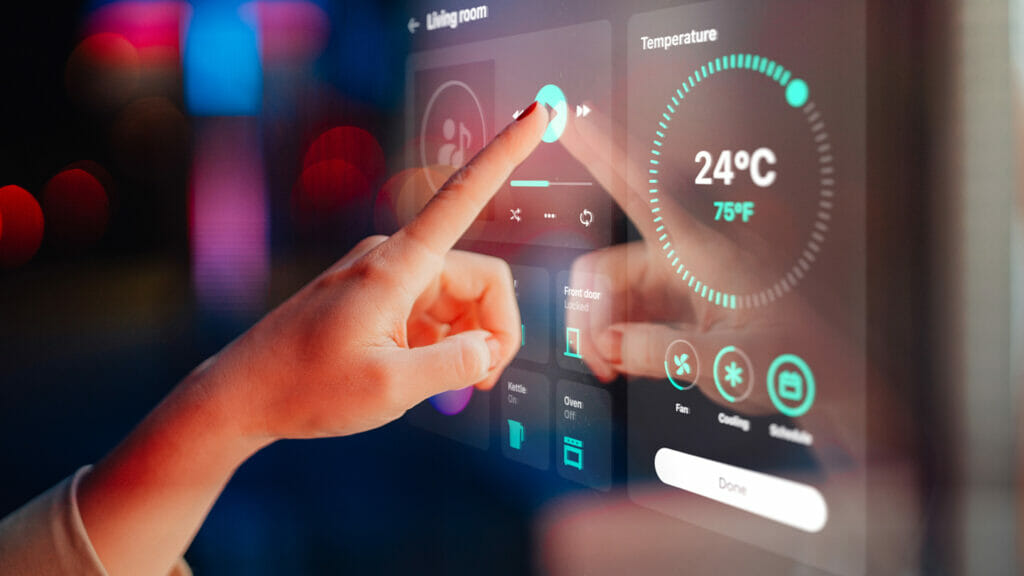

Caregivers can devote a lot of personal energy toward monitoring their patients, but how are patients using energy themselves?
Although many monitoring systems for older adults rely on sensors, a new method tracks what devices within a home are using energy to determine abnormalities in resident behavior.
New software from power management company Eaton uses artificial intelligence to track electrical devices and appliances to measure home energy usage. In providing data on where and when electricity is used, users can identify issues such as a spike in night-time bathroom visits.
The AI also can predict potential problems, both within individual residences and whole long-term care facilities, by learning what constitutes a “normal” routine for individuals, and then comparing day-to-day changes against that baseline.
“By adding the rich data from the electrical energy that is used in a household, we can get into incredible detail about the activities that make up a person’s day-to-day life,” Eaton digital healthcare director Christopher Berke said. “When the data points to a trending activity that is out of the ordinary, a loved one or care provider can be alerted and a decision can be made on a course of action.”
The ambient energy software is more of a supplement to sensor-based monitoring approaches than a replacement, Berke said.
Ambient patient monitoring is becoming an important way not only to ensure seniors’ health but to do so while the senior living space faces industry-wide staffing shortages.
Studies have shown that within senior living communities and skilled nursing facilities, remote monitoring can help reduce hospital visits, though sensor-based tools often are tied to a specific wall or furniture like a bed. The use of AI in patient monitoring currently most often is tied to wearable devices, as McKnight’s Long-Term Care News has reported.


